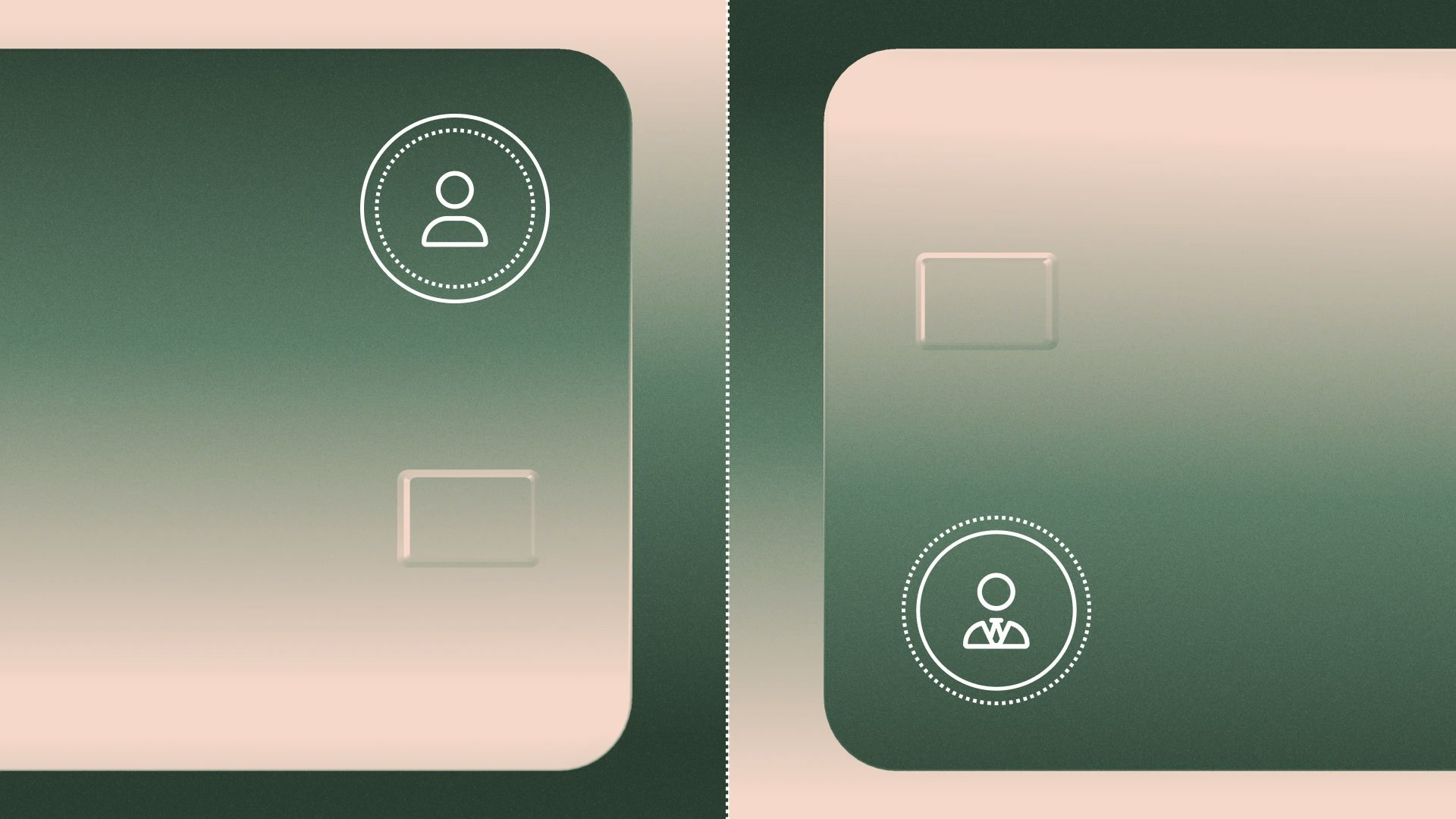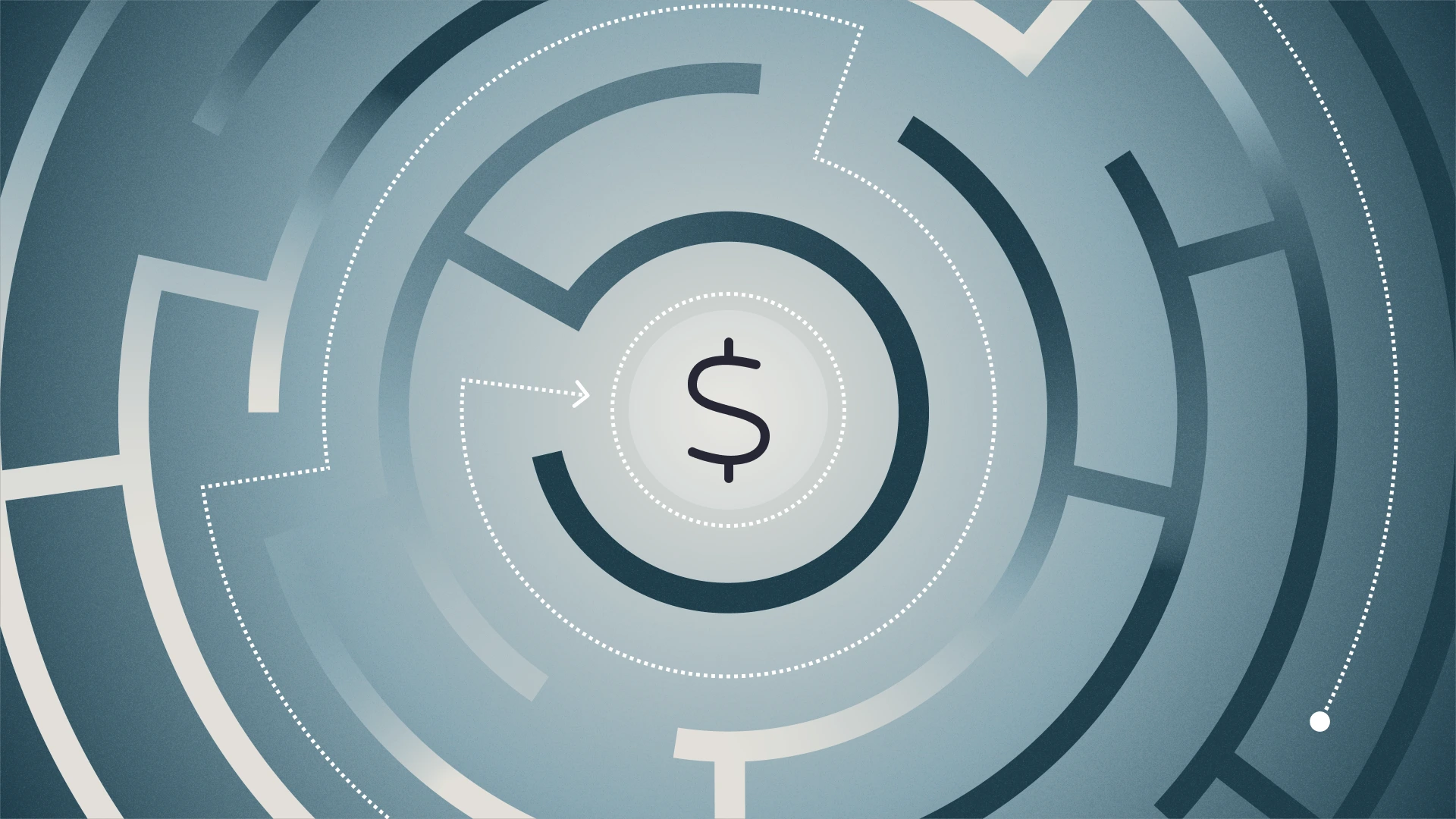How to build business credit without using personal credit

When you’re just starting a company, it’s common to mix personal and business finances. You might bootstrap with personal savings, use your own credit card for early expenses, or sign personal guarantees for leases and vendor accounts.
But as your business grows and starts generating steady revenue, separating your personal and business credit becomes essential. It helps reduce financial risk and sets your business on the path toward long-term financial independence.
Whether you're trying to avoid personal guarantees or want more control as you scale, here’s how to build business credit — without relying on your personal credit.
Why separate business credit from personal credit?
Keeping business and personal credit separate isn’t just about protecting your FICO score. It also impacts your ability to raise capital, manage liability, and present your business professionally.
As your business grows, separating credit can help you:
- Qualify for financing and vendor terms without a personal guarantee
- Shield your personal credit from business-related late payments or delinquencies
- Access better insurance premiums, based on your business’s credit history
- Build a more professional financial profile for banks, partners, and suppliers
Ultimately, developing a strong business credit profile helps prepare your company for the unknowns ahead — from growth, new funding, or a potential transition of ownership.
Here’s how to get started:
Step 1: Choose the right legal entity
If you want your business to build its own credit history, it needs to be recognized as a separate legal entity. That means forming one of the following:
- LLC (Limited Liability Company)
- S Corporation
- C Corporation
If you’re operating as a sole proprietorship or a general partnership, your business isn’t legally separate from you — which means your personal credit will continue to be used for most financing or credit decisions. Credit bureaus and lenders treat the two as one and the same unless you establish that legal boundary.
Step 2: Get an EIN (Employer Identification Number)
An EIN functions like a Social Security Number — but for your business. It’s issued by the IRS and used to identify your company for tax, banking, and legal purposes.
You’ll need an EIN to open a business bank account, file taxes, and apply for most forms of business credit.
Fortunately, applying is quick and free — and you can do so through the IRS website.
Step 3: Open a business bank account
Once you have your EIN, you’ll want to open a dedicated business checking account. This is a foundational step for building credit — lenders will want to see a clear financial history, including how your business earns and spends money.
Use your business account to:
- Accept payments from customers and clients
- Pay vendors and contractors
- Cover recurring operating expenses
To maintain clear records (and avoid confusion during due diligence), don’t mix personal and business transactions. Keeping finances separate isn’t just best practice — it reduces your risk of tax or audit issues down the road.
Step 4: Apply for a DUNS number
Just like personal credit is reported to agencies like Equifax, Experian, and TransUnion, business credit is reported to Dun & Bradstreet (D&B) — one of the major business credit bureaus. To start generating a credit history, you’ll need to apply for a DUNS number, which serves as your business’s credit file ID (formatted as xx-xxx-xxxx.)
You’ll need a DUNS number to:
- Generate a Paydex score (D&B’s version of a FICO score)
- Report vendor and supplier payments to the credit bureau
- Apply for certain federal contracts, grants, or corporate partnerships
You can request your DUNS number in just a few minutes through D&B’s site. Approvals can take up to 30 days.
Step 5: Establish trade lines with vendors
One of the fastest ways to build business credit — without touching your personal credit — is to open net terms accounts (e.g., Net 30, Net 60) with vendors or suppliers that report to business credit bureaus like D&B.
Some well-known vendor tradelines include:
- Uline
- Grainger
- Quill
- Summa Office Supplies
Make sure you open these accounts under your business name and EIN — and pay them on time. Many of these vendors also require a minimum order size for transactions to be reported, so read their terms closely.
When business and personal credit are linked
Even if you’ve formed a separate legal entity, there are still scenarios where your personal credit may be used or impacted — especially early on.
Scenario | Personal credit impact |
|---|---|
Applying for a traditional small business credit card (Amex, Chase, etc.) | Personal credit is pulled; often requires personal guarantee |
Getting a small business loan or SBA-backed loan | Usually requires a personal credit check and guarantee |
Late payments or defaults on a guaranteed account | Reported to your personal credit file |
Opening a business checking account | No credit check, unless requesting overdraft protection or credit features |
Applying for a corporate card | No personal credit pull; based solely on business financials |
The ideal long-term goal is to build a credit profile that stands entirely on its own— where your business’s financial activity has no bearing on your personal credit. That separation takes time to establish, and in the early stages, you’ll likely need to expose your personal credit to help build momentum. That’s normal early on — but the goal is full separation over time.
Step 6: Choose the right business credit card
Most traditional small business credit cards require a personal guarantee and will pull your personal credit when you apply. This means your personal credit could be impacted if you carry a balance or miss a payment — even if the card is used strictly for business.
Cards that typically require a personal guarantee include:
- Chase Ink Business Preferred
- American Express Blue Business Plus
- Capital One Spark Cards
- Bank of America Business Advantage Cards
These cards do report to business credit bureaus, which helps build your credit profile — but they also tie your personal credit to your business activity.
Business cards that don’t require a personal guarantee
If you want to avoid linking your personal credit entirely, consider using a corporate card. These cards typically evaluate your business’s financial health instead of your personal credit.
For example, the Mercury IO credit card doesn’t require a personal guarantee. Instead, it uses your business’s cash deposits in a Mercury account to assess eligibility and set your credit limit — no personal credit check required.
Step 7: Monitor and maintain your business credit
Once you’ve established credit lines and vendor relationships, start tracking your business credit profile. Just like personal credit, there are multiple business credit scores — each with its own range and criteria.
Here are the most common types:
- Dun & Bradstreet PAYDEX®: 0–100 (aim for 80+)
- Experian Intelliscore Plus: 0–100 (76+ = low risk)
- Equifax Business Credit Risk Score: 101–992 (higher = better)
Using credit monitoring tools can help you:
- Get alerted to any changes in your report
- Spot potential fraud early
- Track how your credit profile is evolving over time
If you want your business to stand on its own, you’ll need to separate its credit profile from your personal one. While it’s common to rely on your personal credit early on, taking the steps above will gradually create space — and help your business build its own financial foundation.
By intentionally separating your personal and business credit, you reduce personal financial risk, improve access to capital, and strengthen your company’s long-term credibility and resilience.



